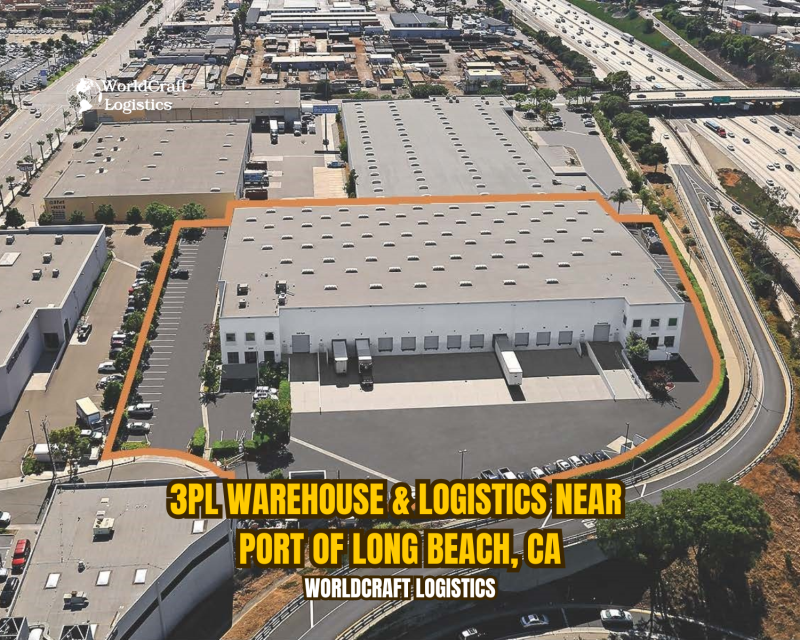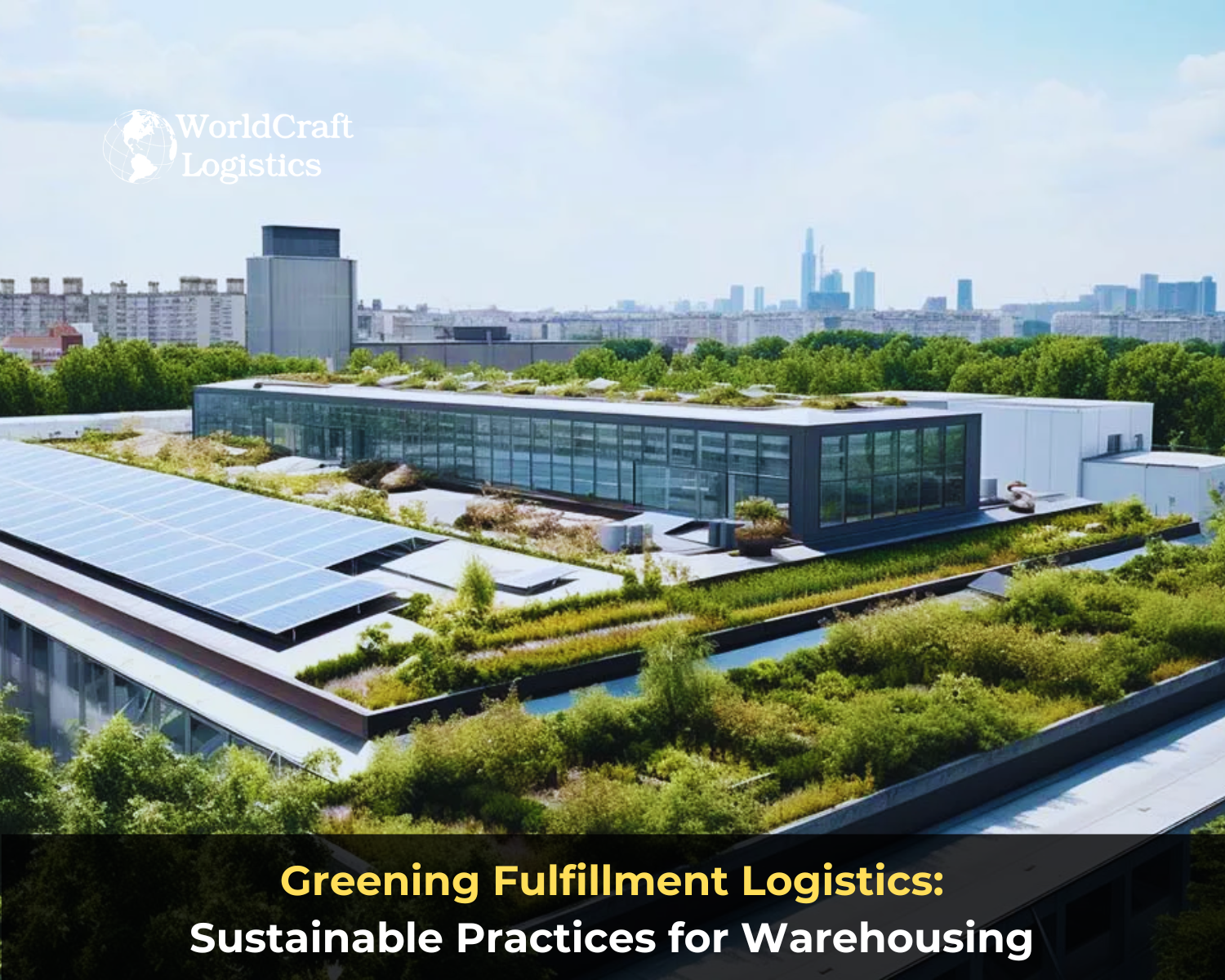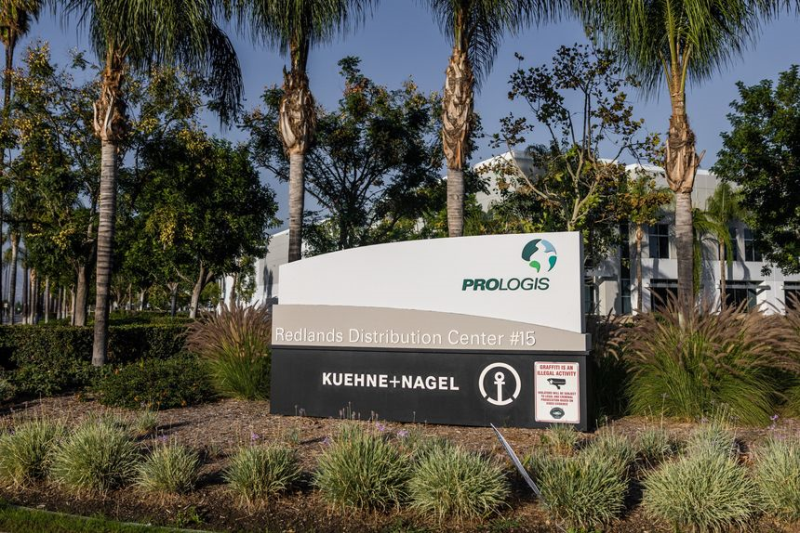
Starting June 1st, 2023 Our warehouse fee will be $0.65/cubic foot per month
In effort to lower the warehouse storage fee during inflation, we have went narrow aisle racking.This construction took us four months but the project is finally completed. With narrow aisle racking, we are able to drop storage by 24%.We as partners will go through this inflation together.
02/25/2024
Efficient utilization of warehouse space is pivotal for the profitability of your ecommerce venture, as it dictates the quantity of inventory you can accommodate and the associated storage expenses. Maximizing the use of available storage not only allows for increased inventory storage but also ensures a broader range of items ready for sale. Additionally, warehouse space utilization significantly impacts the overall efficiency of your warehouse operations.
Given its importance, it is imperative to accurately assess and calculate your warehouse space utilization. This enables you to manage costs effectively, enhance productivity, and ultimately drive higher revenue. This guide will lead you through the process of calculating warehouse space utilization and offer actionable steps for optimizing space to positively impact your bottom line. Let’s commence with worldcraftlogistics.com to explore these crucial aspects.
Warehouse space utilization serves as a gauge of the space you are actively using in relation to the total storage capacity within your warehouse. It is quantified as either a decimal or a percentage and holds a significant role in comprehending warehouse performance. This metric provides insights into how efficiently available space is being utilized, thereby impacting both profitability and operational efficiency.
A high warehouse space utilization indicates optimal utilization of warehouse capacity, signifying minimal wastage of space and the efficient storage of inventory. Conversely, low warehouse space utilization implies a failure to make full use of the available capacity, resulting in the expenditure on unused and valuable space.
Articles you should see:
👉 Floor Loaded vs Palletized: What's the difference and what's the best choice?
👉 Positive impacts and applications of AI in warehouse management
👉 UPDATE warehouse equipment list: Material handling quick and safe
Enhancing your warehouse capacity utilization is a pivotal step towards improving overall warehouse performance, directly impacting your financial outcomes. The advantages of effective warehouse space utilization are multifaceted:
Optimizing warehouse usage involves refining both the warehouse layout and the inventory shelving system. This optimization enhances inventory management, providing better visibility into stock. Consequently, warehouse staff can swiftly identify and retrieve items, facilitating a logical flow between aisles and reducing transit time. This leads to improved fulfillment efficiency and ensures timely order fulfillment.
High warehouse capacity utilization signifies efficient use of available space, minimizing wasted areas. This reduction in unused space translates to lowered overhead costs associated with warehouse operations and inventory storage.
Increased storage space allows for a larger inventory and a more extensive product variety. This mitigates customer dissatisfaction arising from stockouts, contributing to elevated customer satisfaction rates.
The ability to offer a diverse range of products and maintain ample stock levels ensures that sales opportunities are not missed. Consequently, effective warehouse space utilization leads to heightened sales, thereby increasing overall revenue.
As of 2023 to now, several challenges continue to impede efficient warehouse space utilization for many businesses. These challenges often result in underutilized storage capacity and missed sales opportunities. Here are some common warehouse space utilization challenges:
One of the primary causes of warehouse capacity issues is an inefficient warehouse layout. Businesses may find themselves with limited capacity due to the use of improper storage solutions and incorrect arrangement. For instance, reliance on horizontal racking systems may occupy floor space and create narrow aisles, hindering the potential for vertical storage and broader aisles to accommodate more products.
Failure to plan for seasonal demand fluctuations can lead to overstock issues and an overcrowded warehouse. Last-minute inventory replenishment orders during peak seasons can exacerbate storage problems, negatively impacting operational efficiency.
Warehouse capacity issues may arise when businesses still rely on outdated training and protocols. As companies grow and implement new storage solutions or locations, workers may lack the necessary training to manage these changes. This not only limits available space but also poses potential safety risks within the warehouse.
The absence of proper warehouse technologies can significantly hinder businesses from optimizing their space. Limited inventory visibility, often resulting from the absence of a warehouse management system, can prevent efficient space utilization. Additionally, the lack of necessary warehouse material handling equipment may restrict the utilization of vertical space.
Addressing these challenges requires a strategic approach that involves optimizing warehouse layouts, planning for seasonal demands, updating training protocols, and incorporating appropriate warehouse technologies to enhance space utilization and overall operational efficiency.
Certainly, the provided formula and example illustrate how to calculate warehouse space utilization. By applying the formula, you can determine the percentage of used space compared to the total available space. Here's a recap of the calculation using the given values:
Warehouse Space Utilization (%) = (Used Space / Total Available Space) x 100
For the example provided:
Used Space = 80,000 cubic feet
Total Available Space = 500,000 cubic feet
Now, plug these values into the formula:
Warehouse Space Utilization (%) = (80,000 / 500,000) x 100
= 0.16 x 100= 16%
Therefore, in this example, the warehouse space utilization is 16%, indicating that 16% of the total available space is currently being utilized for inventory storage.
Certainly, here are nine strategies to optimize warehouse space utilization:
Reevaluate and optimize your warehouse layout to maximize storage capacity. Adjust aisle widths, door placements, and storage locations to enhance the logical flow of goods. Utilize warehouse management systems for better inventory movement visibility and informed layout optimization.
Minimize the need for storage by immediately loading received goods onto outbound vehicles for fulfillment. This strategy reduces the amount of inventory requiring long-term storage, allowing for better space utilization.
Capitalize on overhead space by implementing vertical storage systems and mezzanine floors. This allows you to increase overall warehouse capacity without occupying additional floor space.
Streamline warehouse activities by consolidating separate spaces. Combine receiving and shipping docks to free up storage space and enhance overall warehouse efficiency. Acquire a Warehouse Management System
Implement a warehouse management system for real-time inventory tracking, cycle counts, and demand forecasting. This technology aids in maintaining accurate inventory levels, reducing stockouts, and optimizing space utilization.
Develop a strategic inventory slotting strategy based on shared characteristics, handling requirements, or demand patterns. Optimize storage by placing high-demand items closer to packing areas and organizing SKUs based on storage type and equipment requirements.
Streamline warehouse activities by consolidating separate spaces. Combine receiving and shipping docks to free up storage space and enhance overall warehouse efficiency.Regularly
Conduct regular warehouse and inventory audits to identify problem areas and opportunities for improvement. Address broken shelving systems and eliminate deadstock or slow-moving inventory to free up space for more profitable items.
Invest in a demand forecasting system to accurately predict future demand based on historical sales and demand trends. These systems, often integrated into warehouse management systems, help optimize inventory replenishment and improve overall space utilization.
Implement automated storage and retrieval systems, such as horizontal and vertical carousels or vertical lift modules. These solutions reclaim unused vertical space, optimize floor space, and increase inventory storage density, significantly improving warehouse space utilization.
WMS (Warehouse Management Systems) simplifies warehouse operations by providing real-time inventory visibility, optimizing order processing, enhancing space utilization, ensuring data accuracy, improving labor productivity, integrating with the supply chain, offering demand forecasting, streamlining returns management, ensuring compliance, and providing robust reporting and analytics.
SEO
Digital Marketing/SEO Specialist
Simon Mang is an SEO and Digital Marketing expert at Wordcraft Logistics. With many years of experience in the field of digital marketing, he has shaped and built strategies to effectively promote Wordcraft Logistics' online presence. With a deep understanding of the logistics industry, I have shared more than 500 specialized articles on many different topics.

Warehouse
12/30/2024

Warehouse
06/16/2024

Warehouse
03/03/2024

Warehouse
08/25/2024

Warehouse
02/20/2023